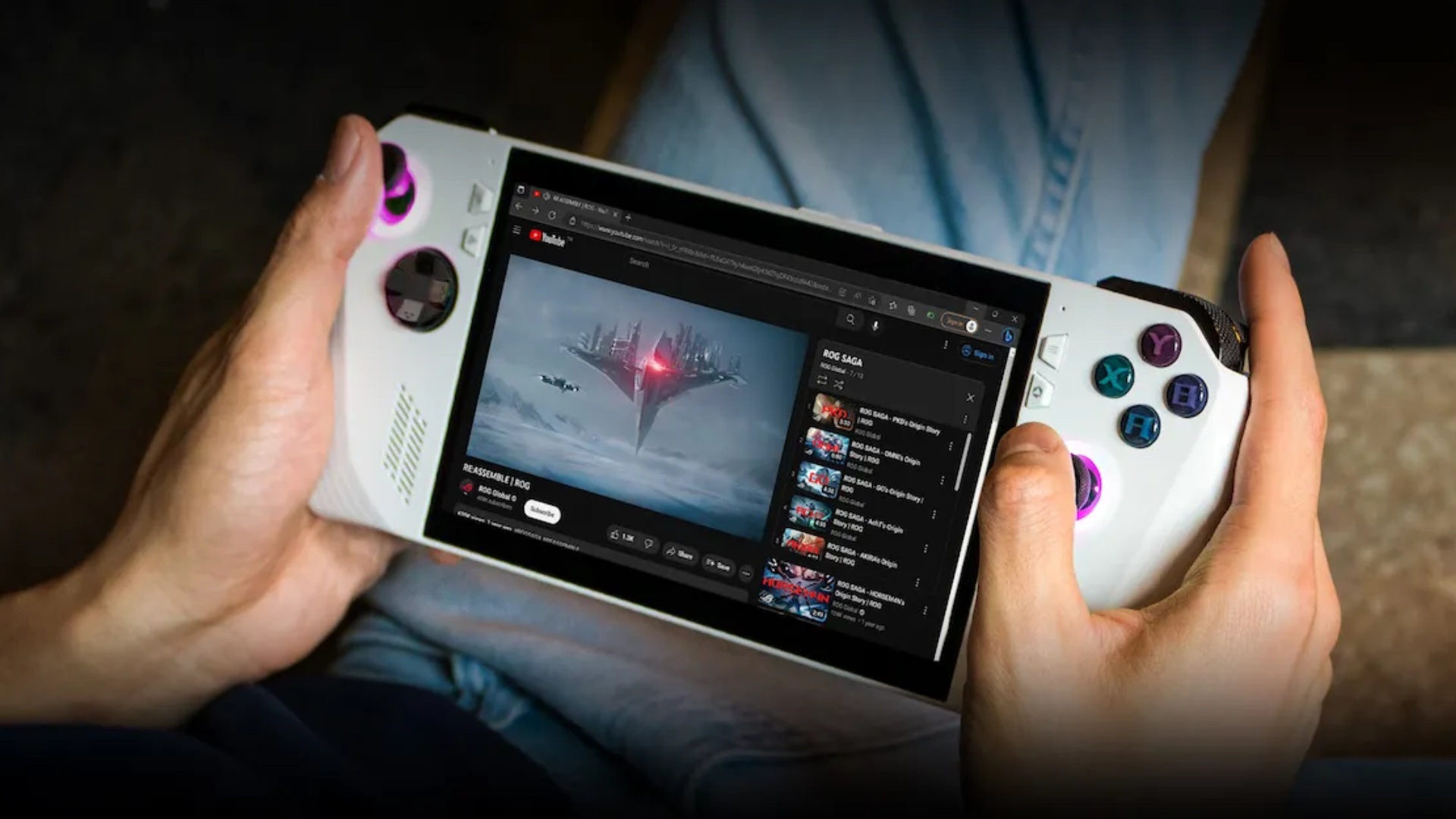Why Every Generation Thinks It’s the Last One to Feel Real Life
This post contains affiliate links
Memory plays tricks, but maybe the truth is deeper than that.
The boy stares at an old VHS tape like it’s a relic from another planet, while his grandfather watches TikToks with a kind of awe that borders on confusion. Somewhere between the laughter and silence, both are convinced that something real has already been lost.
Is the World Always Ending, or Does It Just Feel That Way?
Did you know that even ancient Roman philosophers lamented how the "youth of today" were disconnected, disrespectful, and hopeless? Cicero once wrote, "Times are bad. Children no longer obey their parents." That was more than 2,000 years ago.
Every generation lives with a quiet ache, the sense that the soul of life is slipping away, and that the real world, whatever that means, has moved on without them. The irony is piercing: each generation feels like it was the last to touch something real, just before everything became too fast, too digital, and too detached.
But what if this emotion isn’t about the world changing — what if it’s about us?
Our sense of what is "real" is tethered not to facts but to the emotional imprint of our formative years. Neurologically, the brain encodes adolescent memories with heightened intensity. We don’t remember the world as it was; we remember how we felt in it. That sense of "real life" is just the ghost of early emotion, and we keep chasing it, generation after generation.
The Childhood Effect: Why Real Always Feels Like "Back Then"
Why does the past feel deeper than the present?
Picture a sunlit kitchen. The hum of a refrigerator. The muffled voice of a radio. For many, this is the image of reality. Not because it's objectively more "real," but because it lives in the part of the mind that felt safe, new, and unfiltered.
Psychologists call this the reminiscence bump, a phenomenon where people recall disproportionately vivid memories from adolescence and early adulthood. Those years feel more real because our brains were absorbing everything for the first time.
Like light through stained glass, those early impressions colored everything.
The result? We compare today's world not against facts, but against a version of reality soaked in the intensity of youth. So when newer generations interact with life differently, faster, digitally, more ironically, it feels like they're "missing something." But maybe they're just building a different stained glass window.
The Myth of the Digital Void
Is technology killing our humanity or evolving it?
You hear it everywhere: "People don’t talk anymore." "Kids don’t go outside." "Everyone’s glued to screens." But look closer. The teenager on FaceTime is having a three-hour heart-to-heart. The gamer across the world just saved someone from a panic attack. The livestreamer is sharing their grief with thousands who understand.
The tools have changed, but the ache to connect hasn't.
In fact, studies show that digital communication triggers the same oxytocin (bonding hormone) release as face-to-face interaction. The issue isn’t if people connect; it’s how we interpret their ways of doing it.
When we say something isn't "real life," what we often mean is: "This isn't how I learned to feel alive."
A Ritual of Loss That Binds Us All
There is a grief hidden in progress. And some aren’t ready to let go.
For those who still feel something stir when they hear the whir of a cassette deck or the soft click of a tape door closing, memory doesn’t just live in the mind. It asks to be heard. The Reshow Portable Cassette Player is one of those rare bridges between eras, letting you replay and even convert your old tapes into digital form. In a world rushing forward, it's a quiet way to hold on. A symbolic funeral we hold without knowing it.
Every time a format disappears, like cassette tapes, printed photos, handwritten letters, it feels like a tiny death. Not just of objects, but of identity. The world that once reflected you no longer exists. That loss is real.
But here lies the shared beauty: every generation performs this ritual.
Boomers once mourned the death of vinyl. Millennials now grieve MSN Messenger. Gen Z will someday miss the chaos of BeReal or the voice of a long-deleted AI. In this shared sense of vanishing, we are all the same.
We are not the last ones to feel real life. We are part of an endless chain of people who swore they were.
Where Memory Feels More Real Than Now
Reality is not a fixed place. It's a feeling that lives where our first joys, first heartbreaks, first songs reside.
So when we say, "Life used to feel more real," maybe we're not mourning the world. Maybe we're mourning the part of ourselves that first met it.
And maybe that’s the most human thing of all.
Emotions are human — and so is our news. ✍️ Written with respect, made to be felt.
Something Else That Stays With You
For those who still feel a quiet pull toward the past, this portable cassette player does more than play music. It lets you bring back the voices, sounds, and stories that shaped you and even save them for the future. Take a look on Amazon and see what memories it brings back. If this piece stirred something in you, come back anytime. There is more waiting, one soulful read at a time.
Image Credits
All images in this article were generated using AI, crafted intentionally to illustrate symbolic and emotional depth. These visuals are shared under fair use for the purpose of thoughtful commentary and immersive storytelling.Affiliate Disclosure
Some links in this article are affiliate links. If you choose to buy through them, we may receive a small commission. This comes at no additional cost to you. We only recommend items that hold symbolic weight in the story being told.
.png)





